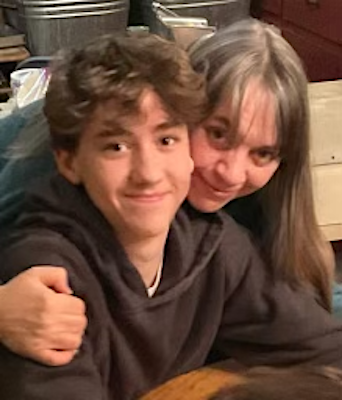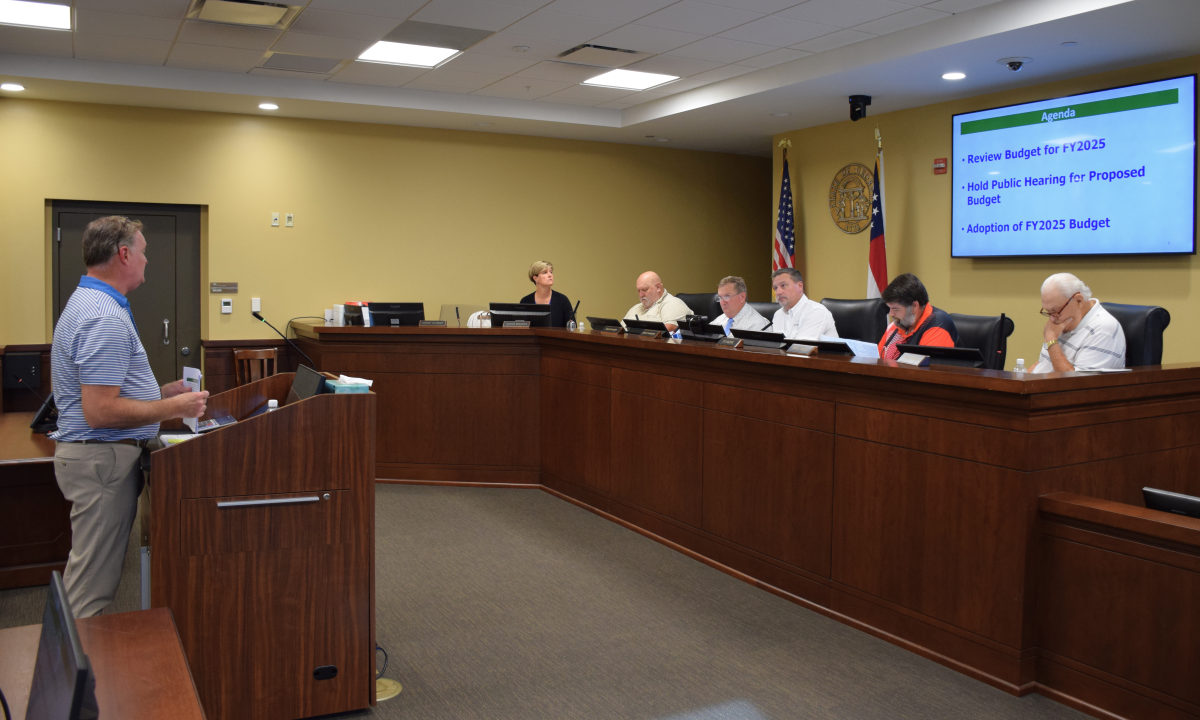Five Georgia nursing homes have a small red icon attached to their listing on a website that rates quality of care.
That mark is a new tool on the federal Nursing Home Compare site to warn consumers about facilities recently flagged for abuse or neglect.
![]() The red symbol has been attached to listings of about 5 percent of the nursing homes listed nationally, according to the Wall Street Journal.
The red symbol has been attached to listings of about 5 percent of the nursing homes listed nationally, according to the Wall Street Journal.
The new icons are given to nursing homes where government investigators found evidence of abuse that led to harm of a resident within the past year and/or abuse or neglect that could have potentially led to harm of a resident in each of the past two years, the Journal reported.
The five Georgia facilities with the mark include two PruittHealth facilities, one in Fitzgerald and one in Jasper. Two Macon nursing homes – Cherry Blossom Health and Rehabilitation, and Fountain Blue Rehab and Nursing – have been given the icon, as has Northridge Health and Rehabilitation in Commerce.
Federal inspection reports, with links on Nursing Home Compare, show patient harm at the five flagged Georgia facilities that ranges from physical and verbal abuse of residents to the death of two individuals – one after a fall, and the other linked to a failure to properly treat a surgical wound.
Officials operating the five nursing homes could not be reached for comment Friday.
The symbol is updated monthly, and is removed if the flagged facility goes without an abuse citation for a year, the Journal reported.

Advocates for seniors say they welcome this marking. “This red icon provides another significant tool to help consumers when making this critical decision for their loved one,’’ said Kathy Floyd, executive director of the Georgia Council on Aging.
The nursing home industry, however, has attacked the symbols as misleading, saying the red icon may unfairly damage the reputation of a facility.
Devon Barill of the Georgia Health Care Association, an industry group, said this week that nursing homes “support transparency so that residents and their families can make an informed decision on care.’’
But she added, “There are numerous situations that could be classified as abuse and neglect under the current broad and outdated definitions, which do not give the consumer transparent or clear information on why the facility was cited. As a result, the addition of the alert icon to Nursing Home Compare may be confusing to consumers and their families.’’
The red icon “creates a strong visual recommendation to stop and avoid going to a nursing home,’’ Barill said. It’s inconsistent with the CMS goal to help consumers develop a more complete understanding of a facility’s quality, she said.
“This symbol implies people should avoid the nursing home altogether rather than use the information as a warning or caution to investigate further.’’
The federal Centers for Medicare and Medicaid Services (CMS) has hosted Nursing Home Compare data for years to help families find information about a facility they’re considering for a loved one.
Nursing homes receive ratings on health inspections, staffing, and quality measures – and one for an overall rating, calculated by combining the three-component star ratings.
CMS introduced the red icons after reports issued earlier this year by government watchdog agencies that highlighted rising findings of abuse or neglect of nursing home residents, according to the Journal. The reports also pointed to shortcomings in state and federal oversight of the industry and led to several congressional hearings this year.
Melanie McNeil, Georgia’s long-term care ombudsman, said she hopes CMS “will not be cowed by industry criticism of the icons.’’
“The icons help inform consumers so that they make educated decisions,’’ McNeil said. “Often at the time of admission to a nursing home, all parties involved are expecting a positive experience. Sadly, as these icons show, that isn’t always the case.’’
“Those considering nursing home care are often greatly stressed because of the sudden need for long-term care,’’ she said. The red symbol can prompt them to ask questions about the causes of the warning, and how the problem has been addressed, McNeil added.
“I hope the icon will encourage all long-term care consumers to ask questions of any nursing home provider the consumer is considering, even those without the icon,’’ she said. Those questions, she said, can pertain to the services the facility provides, its staffing, and how the facility responds to situations of abuse and neglect.
![]() Barill of the Georgia Health Care Association says keeping elderly Georgians safe from abuse and neglect is her organization’s No. 1 priority.
Barill of the Georgia Health Care Association says keeping elderly Georgians safe from abuse and neglect is her organization’s No. 1 priority.
“While Nursing Home Compare can be a helpful tool, consumers should not rely on it exclusively when choosing a nursing center for themselves or a loved one. Visiting a center is the best way to learn about the specific services provided.
“Additionally, we believe CMS should add customer satisfaction to Nursing Home Compare because that is the best way for consumers to select a skilled nursing center.”
Nursing home abuse citations, issued by state agencies after they have investigated complaints, remain rare, the Wall Street Journal reported. But the Government Accountability Office, a federal fact-finding agency, said in a June report that violations of federal standards more than doubled between 2013 and 2017 to 875. Nursing homes must meet those standards to receive Medicare and Medicaid payments.
The Journal reported that the federal government spent more than $70 billion on nursing home care in 2017, including $43 billion through Medicaid long-term care and $28 billion through Medicare payments for post-hospitalization and other skilled care, according to the Office of Inspector General of the U.S. Department of Health and Human Services.
The Thanks Mom & Dad Fund helps support our reporting on aging issues







